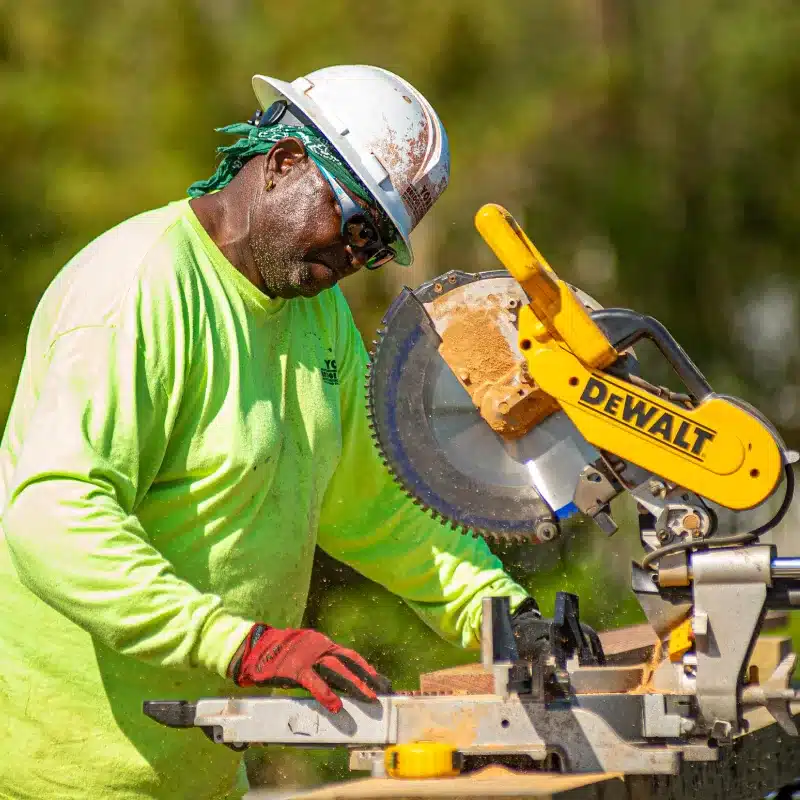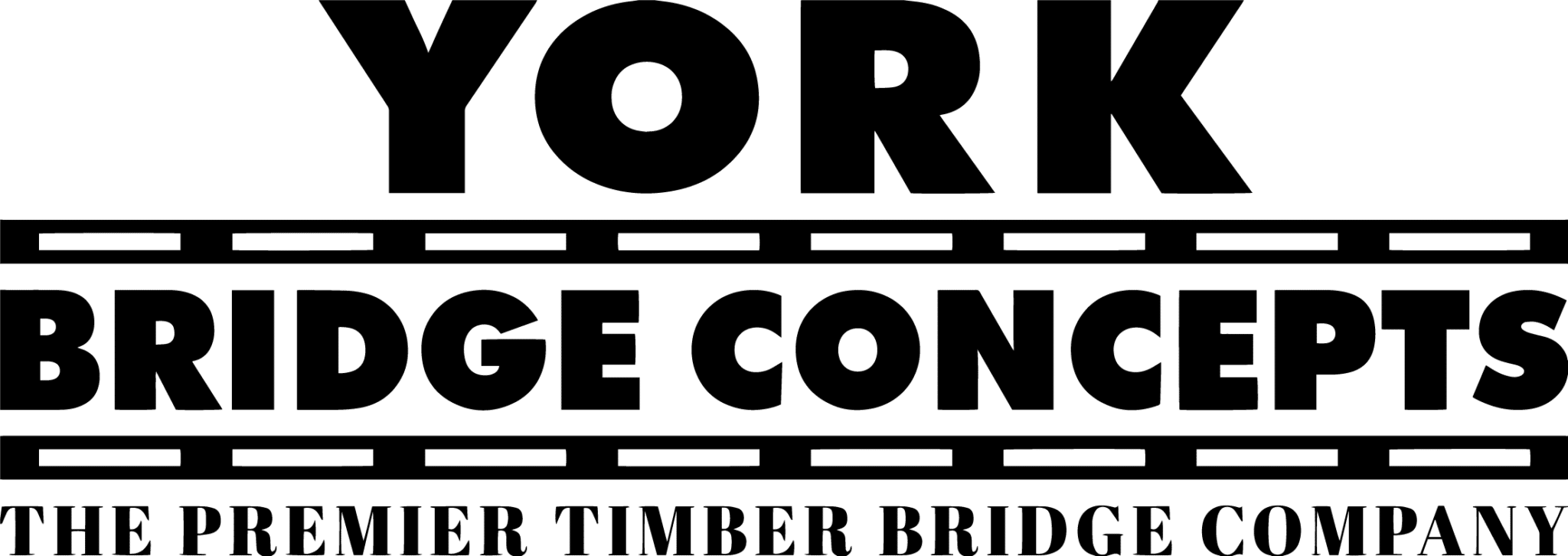Our contribution to reducing carbon emissions
In an era where climate change poses an existential threat to our planet, innovative solutions to reduce carbon emissions are more critical than ever. York Bridge Concepts (YBC), the nation’s largest on-site timber bridge builder, offers a compelling solution with their timber bridges, which not only provide functional infrastructure but also contribute significantly to carbon sequestration.
THE U.S. EMITS APPROXIMATELY
6.6
the carbon emission challenge
The United States emits approximately 6,676 million metric tons (MMT) of CO2 equivalent (CO2E) annually. This staggering figure highlights the urgency to adopt practices and technologies that can mitigate carbon emissions. Carbon sequestration, the process of removing CO2 from the atmosphere and storing it in a different form, is one of the most effective strategies to combat this challenge. Trees play a crucial role in this process through photosynthesis, capturing CO2 and converting it into carbon stored as solid wood.
The Role of Forests
The U.S. is blessed with vast forested areas, with one-third of the country covered by forests. These forests are categorized into two main types: non-working forests and working forests.
Non-Working Forest
These older forests store significant amounts of carbon, acting as stable carbon sinks. However, they sequester less CO2 as they age. When trees in these forests die, they slowly release carbon back into the atmosphere during decomposition.
Working Forest
These forests consist of fast-growing trees that sequester CO2 at a higher rate. Managed sustainably, these forests are continually harvested and replanted, ensuring a steady and enhanced rate of carbon sequestration.
The distinction between these two types of forests underscores the importance of managing forests effectively to maximize their carbon sequestration potential.
yBC Timber Bridges & Carbon Sequestration
Timber bridges, constructed from wood sourced from working forests, play a pivotal role in carbon sequestration. When trees are harvested and transformed into wood products like timber bridges, the carbon they have captured remains stored in the wood. This creates a long-term carbon sink, as the timber bridges continue to store carbon throughout their 75+ year lifespan.
York Bridge Concepts excels in constructing these timber bridges, ensuring that they are not only durable and aesthetically pleasing but also environmentally beneficial. The wood used in these bridges is renewable, recyclable, and biodegradable, making timber an ideal material for sustainable infrastructure projects. By opting for timber bridges, municipalities and private developers can reduce their reliance on fossil fuels and support the broader effort to mitigate climate change.
2.9M
Americans Employed
Economic & Environmental Benefits of Timber
Beyond their environmental benefits, timber bridges also offer substantial economic advantages. The timber industry supports approximately 2.9 million Americans with jobs, contributing to the economy while promoting sustainable practices. Additionally, private managed forests in the U.S. are growing 43% more than what is being harvested, ensuring a sustainable supply of wood for future projects.
Timber bridges represent a smart fiscal choice as well. Timber is often more cost-effective than traditional building materials like steel and concrete, especially when considering the long-term maintenance costs. Furthermore, the construction of timber bridges is typically faster and less disruptive to the surrounding environment, providing both immediate and long-term benefits.
York Bridge Concepts: Leading the Way
York Bridge Concepts has positioned itself as a leader in the construction of timber bridges, leveraging the environmental benefits of wood to create structures that are both functional and sustainable. The company's commitment to using wood from sustainably managed forests aligns with broader environmental goals, making timber bridges a smart choice for environmentally conscious developers and municipalities.

YBC’s timber bridges are engineered to last, combining traditional craftsmanship with modern technology to ensure durability and resilience. Each bridge is custom-designed to meet the specific needs of the site and project, ensuring optimal performance and aesthetic appeal. By choosing YBC timber bridges, clients can be confident that they are making a responsible choice that supports both the environment and the economy.
The Path Forward
As the world grapples with the challenges of climate change, solutions like timber bridges offer a promising path forward. By harnessing the natural carbon sequestration capabilities of trees and promoting sustainable forestry practices, timber bridges can significantly reduce carbon emissions and contribute to a healthier planet.
Moreover, the adoption of timber bridges can serve as a powerful statement of environmental stewardship, showcasing a commitment to sustainable development. Municipalities, developers, and private landowners have the opportunity to lead by example, demonstrating that it is possible to meet infrastructure needs while also protecting and enhancing the environment.
In conclusion, York Bridge Concepts’ timber bridges represent a viable and effective solution to the pressing issue of carbon emissions. By choosing timber bridges, stakeholders can enjoy the dual benefits of functional infrastructure and significant environmental impact, making it a smart and responsible choice for the future. As we continue to seek out and implement innovative solutions to climate change, timber bridges stand out as a shining example of how we can build a sustainable and resilient future.
Forest Carbonization Data, https://www.forestcarbondataviz.org/
